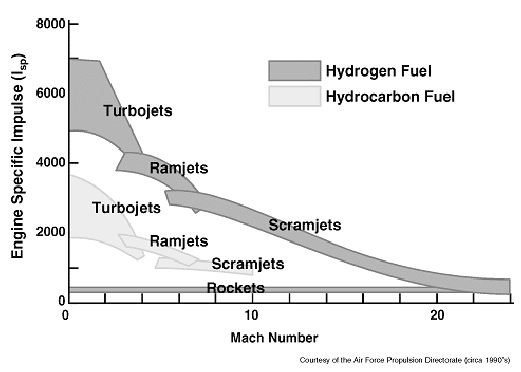The Defense Research & Development Organization, or DRDO, the agency in charge of Research and Development of Defense equipment in India, announced that it had carried out, on June 11, 2019, an experimental flight linked to the HSTDV program, for HyperSonic Technological Demonstrator Vehicle. According to the information from the site livefistdefense.com, this test associated the short-range ballistic launcher Agni-I and the HSTDV, and aimed to study the separation dynamics and collect data on the flight itself, aiming for a speed between Mach 2 and Mach 8.
According to this same source, the flight would not have been a success, although it is not known whether the problem occurred on the ballistic launcher or on the HSTDV. But according to Indian authorities, the information collected allows the program to continue. India is engaged in two programs targeting hypersonic speeds: the HSTDV intended to equip ballistic missiles like Russian Avangard or Chinese WU-14, and the BrahMos-2 program, co-developed since 2019 with the Russian NPO Machinostroina (which develops the 3M22 Tzirkon hypersonic anti-ship missile), aiming to develop a hypersonic anti-ship and cruise missile.

One of the objectives of the HSTDV, beyond having a hypersonic vehicle capable of maneuvering in atmospheric reentry to thwart modern anti-ballistic missiles, and therefore to strengthen the country's deterrence, is to develop a scramjet, or superstatoreactor, in India . Like the ramjet which propels, for example, the French ASMPA supersonic cruise missile, the Scramjet uses oxygen from atmospheric air as an oxidizer to ensure propulsion, unlike a rocket engine which carries both fuel and oxidant. However, combustion in a ramjet can only be effective at high subsonic speed, forcing missiles using this propulsion to slow down the incoming airflow. However, today, the technologies used for this do not allow speeds beyond Mach 4 to be reached, and therefore make the ramjet unsuitable for propelling a hypersonic missile.
This is where the Scramjet, or SuperStatorjet, comes in, which allows combustion in an air flow reaching Mach 2, and therefore allows the missile to exceed the hypersonic threshold of Mach 5. But few fuels allow efficient combustion at this speed, and for a long time, scramjets were limited to the use of hydrogen, which we know is complex to produce, store, transfer and use. Current programs, such as HSTDV, aim to develop a Scramjet that accepts aeronautical kerosene, which the armed forces handle in large quantities.

This program shows India's ambitions in the medium term, both from a technological point of view and with regard to its role in the world of tomorrow. It is obviously closely linked to President Modi's "make in India" policy, which tends to locate the majority of defense investments in the country, with a significant ambition for technology transfers, for the world's leading arms importer. . This policy is bearing fruit, even if significant quality and competitiveness problems remain. Thus, a Su-30MKI would cost 30% more when assembled in India compared to the same model assembled in Russia. Likewise, the Tejas light fighter program, developed entirely in India by HAL (the one which assembles the Su30 MKI..), is very regularly criticized for its delay, its lack of performance, and its price, almost twice as high. than Saab's Gripen light fighter, although it is much more efficient and reliable. But other areas, like missiles and armor, offer more satisfaction. Thus, the next call for tenders aimed at acquiring 2.600 infantry fighting vehicles sees no less than 4 large Indian companies offering domestic models, while only 4 international companies have decided to align themselves with this competition.
